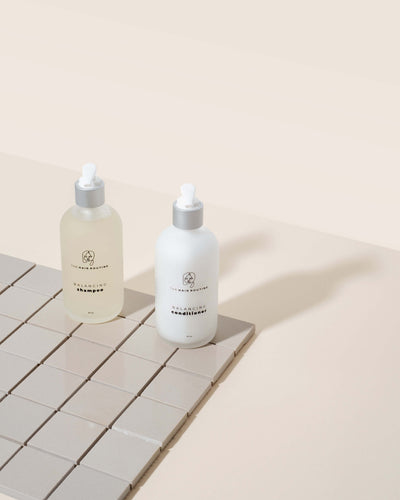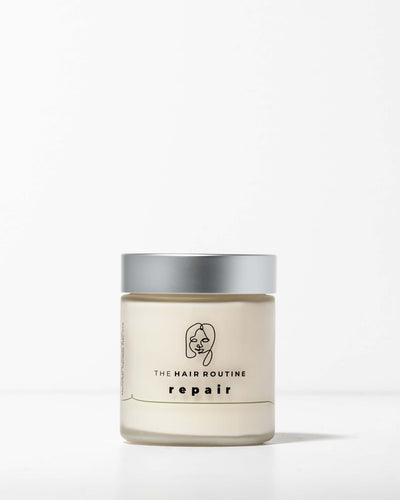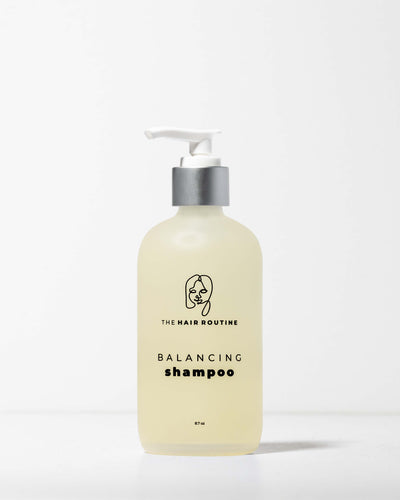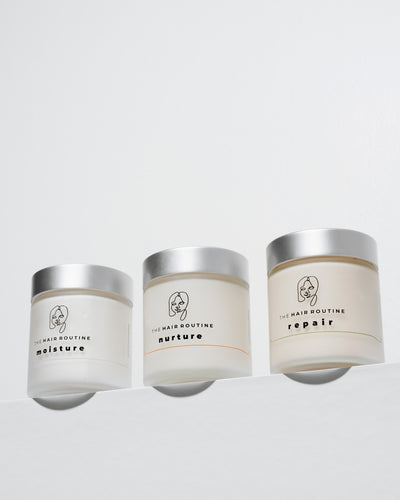Sodium Chloride in Hair Care Products
Sodium Chloride is the scientific name for salt, plain table salt. It is widely used as an additive in the cosmetics industry, specifically in personal hygiene products such as shampoo, conditioner, body wash, and toothpaste.
What is Sodium Chloride?
Sodium chloride (NaCl) contains two basic elements: sodium and chlorine. Both of these elements are harmful by themselves. In its purest form, sodium reacts explosively with water and chlorine gas can be fatal as well. But when they are together they neutralize.
In its solid form, salt is a crystal and is filtered to become 97.5% pure in order to be consumed as a food-grade product.
Sea salt and table salt (NaCl) are different in the way they’re produced. The first is obtained through evaporation, leaving behind a few trace minerals that give it its color and flavor. And the second one is extracted from salt mines and undergoes a chemical process that eliminates minerals.

Why is there salt in my products?
Salt acts like a cheap thickening agent that creates a rich and luxurious feel to most self-care products. It is used in combination with sulfate surfactants to enhance the product's creamy texture. In the cosmetics industry, there's a graph known as the salt curve: the more salt is added to the products, the higher their viscosity.
Salt is also used in hair mists to give volume and texture to the hair, or as a preservative for other products.
The warning with salt in hair products.
For cooking purposes salt enhances flavours, although it’s well known that in excess, salt can cause health problems. The same goes with adding salt to our self-care products: too much can be more harmful than helpful.
We’ve read that, mixed with a clarifying shampoo, salt acts as an exfoliator for the scalp giving the hair a deep cleanse of any product residue - which is very common with silicones and petroleum ingredients. Nevertheless, this means it also strips the hair from any natural oils, causing it to overdry and leaving it feeling coarse and tangly.
“Salt is a highly hygroscopic substance, meaning it tends to attract water from the surroundings.” (softhair.com)
When our hair is wet, minerals get absorbed into the strands and then crystallize when it gets dry, preventing any moisture from going in and making them weaker and prone to break more easily.
On the other hand, we know that sea salt is a bit less harmful than regular salt. It is healing and reduces swelling. Many use it as an exfoliator, because it is loaded with minerals such as magnesium, sodium, and potassium; but overexposure to salt water can ruin the hair.
WARNING!
For those who have applied a keratin treatment: avoid any kind of sodium, it will break down the treatment.
Give your hair some water!
 SHOP MOISTURE
SHOP MOISTURE
Just as after eating something that’s too salty we need water to satisfy our thirst, hair also needs extra moisture when it’s dehydrated. Moisture is one of the most important steps in a well-rounded Hair Routine because the hair’s water content is what makes it more elastic and resistant to breakage. Same thing with our skin, hair gets dehydrated when too much water is lost through evaporation or absorption.
Click Here to Shop The Moisture Treatment
Sodium chloride is not toxic, though is known to cause irritation to the eyes and the skin. A sodium-free shampoo and conditioner will maintain clean hair without any topical damage. We recommend this Balancing Bundle (shampoo and conditioner), try it once and love it forever. Subscribe to receive it as often as you prefer it and never run out.







